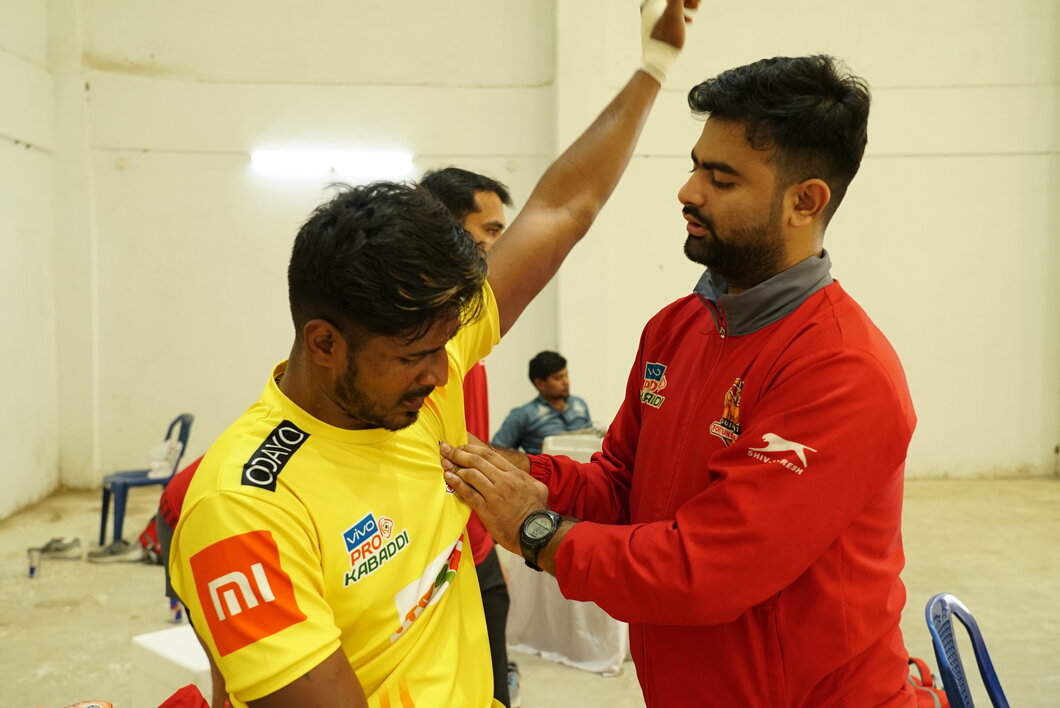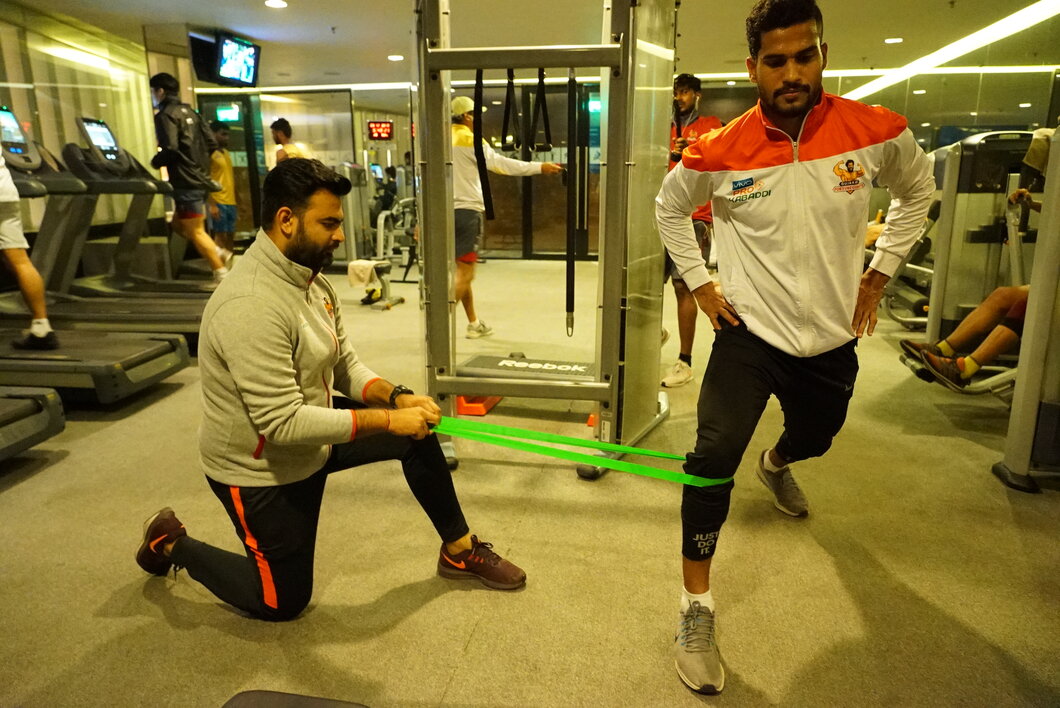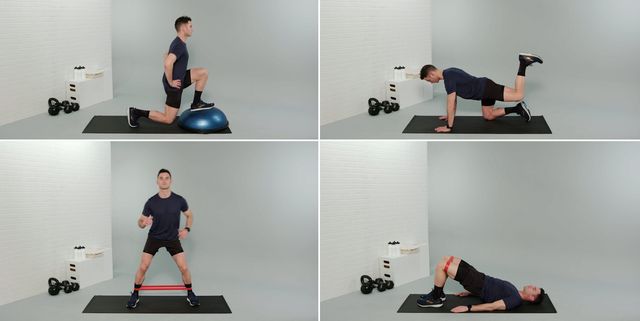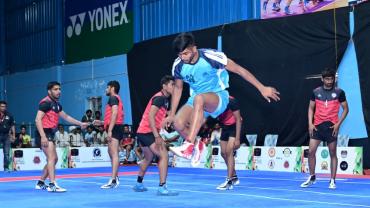Injuries in Kabaddi, Prehab or Rehab: it’s your choice
Kabaddi has gained tremendous popularity across the world in the last seven years. It is a team sport that demands high agility, strength, and speed. As an intensely physical sport, it requires the utmost fitness and stamina from the players. As a result, injuries are common.
Injuries in Kabaddi
As we all know, Kabaddi is contact team sports which includes various types of tackles & collisions so the players are more prone to get injured.

The typical injuries include
1. Knee injuries (ACL & meniscus injuries)
2. Shoulder injuries (dislocation & rotator cuff injury)
3. Hamstring muscles or groin muscles pull/strain
4. Ankle sprains
When we talk about injury prevention it is nearly impossible to rescue the athlete from injury in a contact game like Kabaddi but injury risk reduction is possible. The risk impact of the above injuries can be reduced with pre-habilitation, specific strength, and conditioning programs.
Difference between Rehab & Prehab
When you get injured, you consult your physio and try to recover from the injury either with the help of electrotherapeutic modalities or exercise therapy. We refer to that as “Rehab”.

Prehabilitation, on the other hand, focuses on decreasing the risk of injury. It’s based on the idea that improving strength, flexibility, and motor control in the areas most vulnerable to injuries can keep you from getting hurt, minimize time on the sidelines and prevent the pain of recovery. It has the potential to reduce injuries in sports involving tackling and collision.
Prehab targets specific things that put you at risk for injury – for example, weak hamstrings, poor ankle mobility or stability, or poor control in stabilizing muscles. By doing prehab you can work on smaller muscles & more specific movements.
What is the need for pre-habilitation in kabaddi?
As a sports physical therapist, I have come across some devastating injuries due to which athlete has terminated his/her sporting career. In kabaddi, collisions & tackles are common and so the injuries are, which are not preventable but some of the injuries like ankle twisting, shoulder dislocations, contact & non-contact ACL & meniscus injuries of the knee, muscle pull or tear are reducible.
Prehabilitation will keep you away from the injuries & make you a better version of yourself. When the injuries are fewer performances are even better.
How does prehab work?
The pre-habilitation protocol includes the two key components.
1. Personalized injury risk assessment
2. Designed exercise protocol

Your sports physical therapist, athletic trainer, or strength & conditioning coach will assess your biomechanics, looking for weaknesses that keep you at high risk of injuries & suggest an exercise program to correct it.
ACL tears, for example, are most common when the quadriceps muscles are stronger than the hamstrings and glutes. Exercises to build the weak muscles and balance strength between the front and back of the legs can protect the ACL.
Another common injury in Kabaddi is a sprained or twisted ankle due to a lack of proper stability & proprioception. We add stability, strength & proprioceptive exercises of ankles to your prehab & you can see the magic.

“There are no one-size-fits for all prehab programs.” The recommendations are based on your body and your sport.”
“Prehab is not one-and-done.” Your body is always going to require maintenance work to perform at a high level so prehab should be seen as a long-term modification to your training program.
Remember, what matters the most is “Consistency”
- 1328 views


